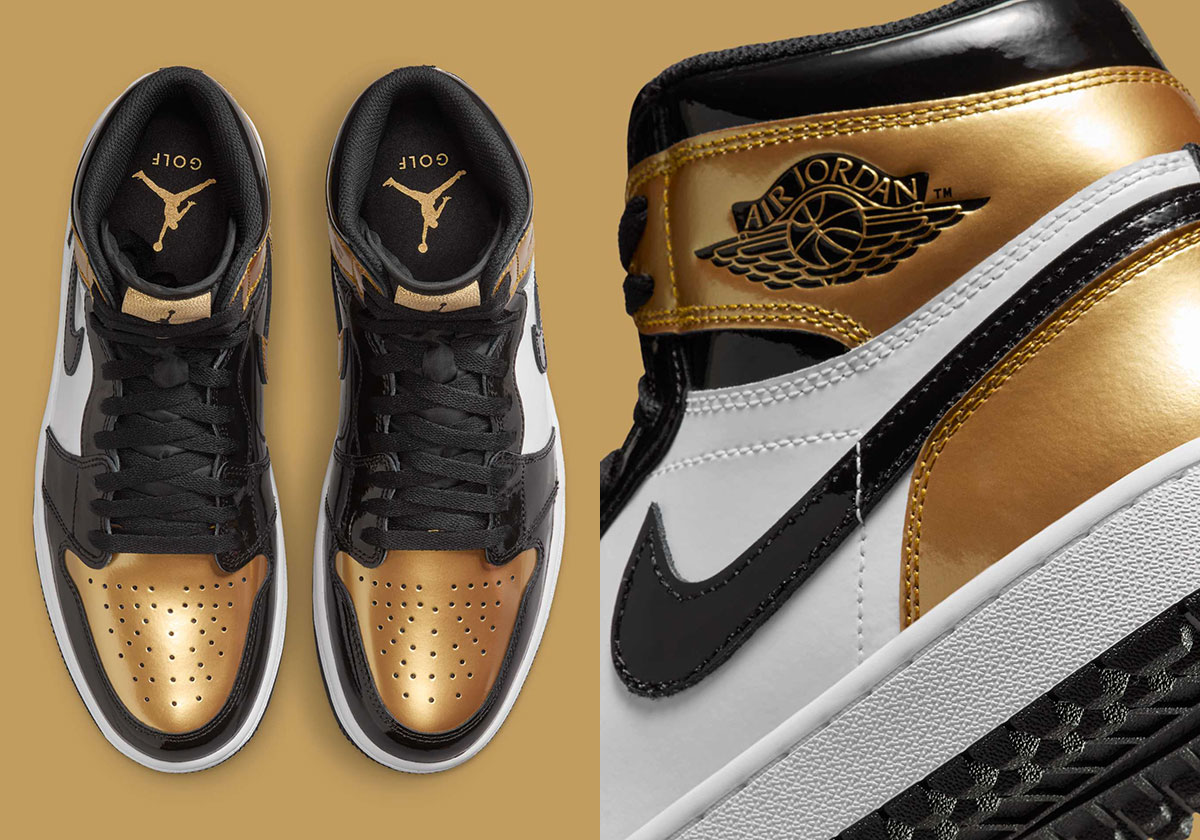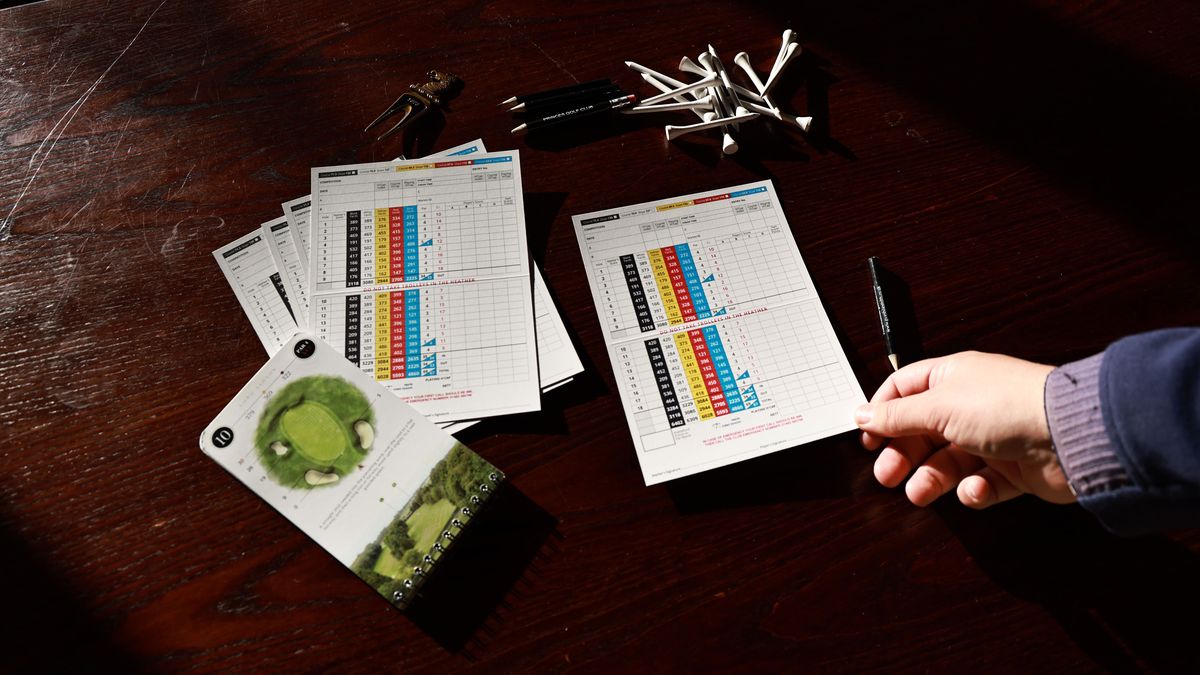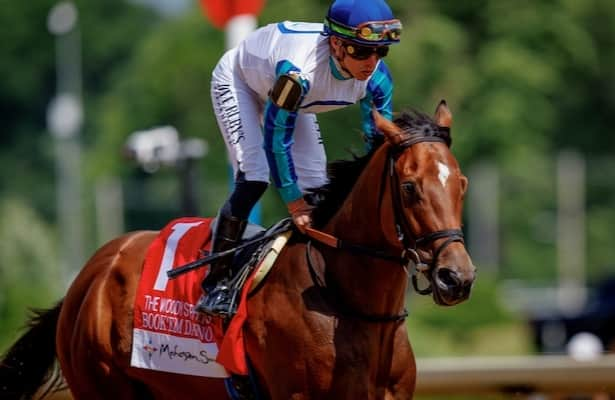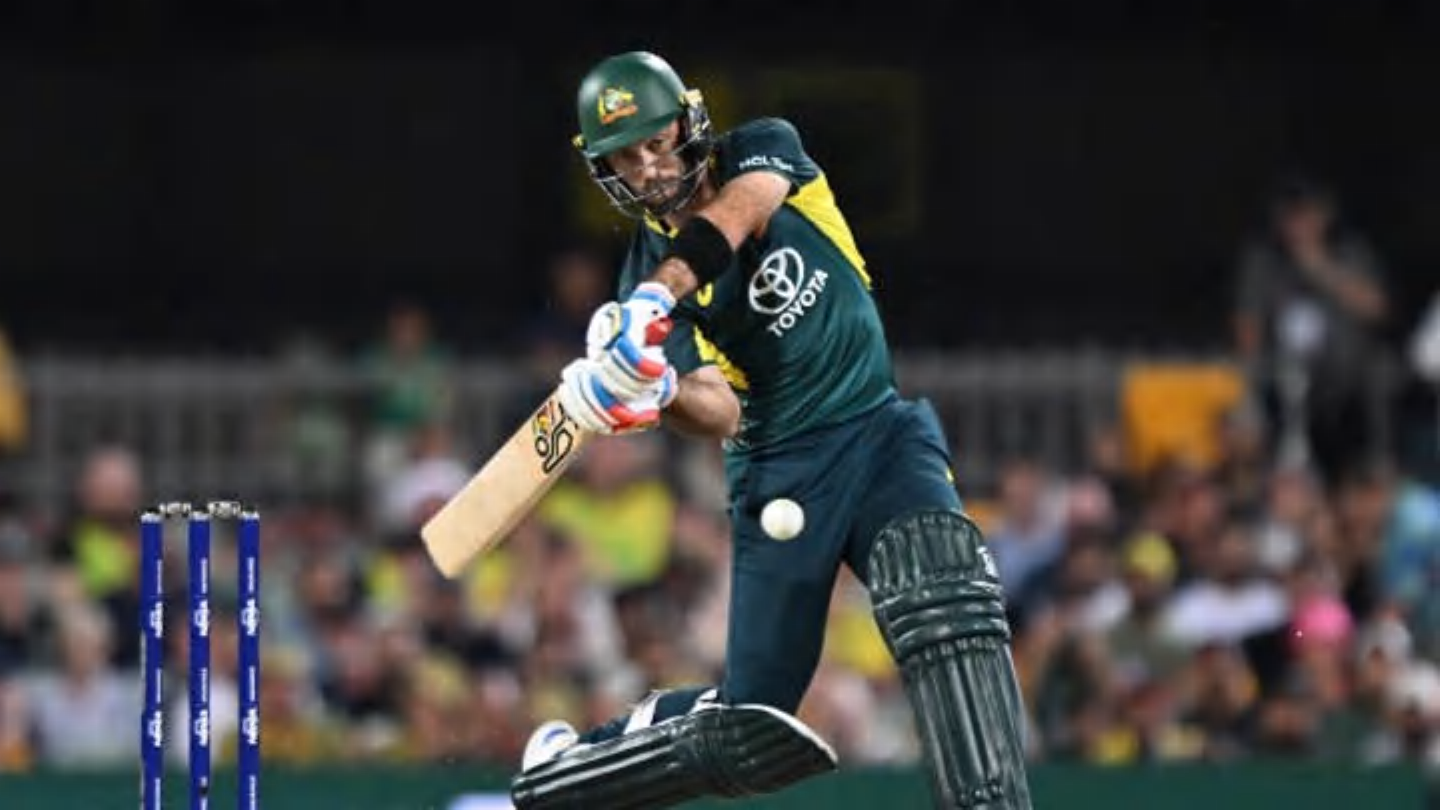Life beyond the game: Redefining purpose after golf

One day, I was a varsity women’s golf recruit with aspirations shaped by years of training and competing — the next, I was a former athlete faced with an overwhelming question: What is my purpose now?
I always knew that I could be recruited to a school that was accomplished as one of the best teams in women’s golf. And I was. At the young age of fourteen, I verbally committed to play golf for Duke University. This was an incredible honor, and I have Coach Dan Brooks and Coach Jon Whithaus to thank for seeing my potential. The commitment reinforced the game of golf into my identity, which pushed me to practice harder throughout the rest of high school.
As a result, I developed my first major long-term injury in my freshman year of high school — a herniated disc in the L4-L5 region of the spine. I was trying everything I could to recover — physical therapy, acupuncture, dry needling, massages, etc. But continuing to golf made my body stiffer, preventing me from properly healing. It felt as if my body was yelling at me to stop, but my mind would be too obsessed with perfection in performance to give in to that warning. Although this was a big injury, I continued to play golf through the pain; I could not just give up and disappoint everyone who had supported me. Golf was who I was, what I represented and my life’s success. However, I was in pain physically and emotionally. I struggled to play my best because of how much pain my lower back would be in when I hit the ball.
As soon as I entered my freshman year at Duke, the doctor had ordered me to skip out on practices and lifting, due to the state that my body and mind were in. This was quite upsetting, because I felt left out from both my team and my game. I have always been an ambitious athlete, and hearing someone tell me to stop playing was a completely mind-bending concept. However, I still complied. Who was I to go against medical advice? And so, my freshman year can be described as constant physical therapy and finally redshirting. Redshirting refers to when an athlete chooses not to compete in a certain season, but would still be considered eligible to compete on the team in the future.
Once I reached my sophomore year at Duke, my doctor decided to medically retire me as a student-athlete, due to my back injury and other coinciding health factors. Of course, I had to consent to this decision as well, and I proceeded with it for the sake of my overall health. I was not sure how to feel. On one hand, this game had been a part of my identity for over a decade. On the flip side, I was relieved that the pressure to keep up with expectations to excel while struggling with pain was somewhat lifted. Throughout high school, I was not given a chance to consider or imagine letting go of these expectations, due to parental pressures. It felt like I could not escape my perception of being a great golfer.
I tried my very best to be optimistic throughout the start of the process, and I pushed myself to experience everything else that Duke had to offer. I met more students through club fairs and events, and found friends who accepted me for who I was at the time, rather than what I had achieved. At first, I was discouraged from going outside of the existing social circle I was in with my teammates and classmates, because it produced so much social anxiety for me. Reflecting back on it, I was definitely scared of the unknown. However, I knew that if I did not try to put myself out there as a Duke student, I would regret missing out on so many amazing experiences with extraordinary people. And today, I have formed so many important relationships — like with my classmates, senior gals and fellow brownies — who have welcomed me with open arms and lit my childhood joy ablaze.
I was slowly integrating myself into a somewhat normal undergraduate life, but I still struggled to find my passions outside of golf. My anxiety peaked during this time, and I felt very alone even though I was surrounded by an overwhelming group of new friends. Namely, I started comparing my academic passions with these said friends’, attempting to define what I wanted to study and do after college. Unfortunately, I fell into a black hole of insecurities, harsh self-criticism and disappointment. Yes, I was late to the game — in terms of finding what I wanted to study and work for in the future — but that did not stop me from putting myself down.
Once I reached my junior year, I started to give myself more grace with the high expectations that I had placed onto myself. Although substantial time has passed since I medically retired, it felt like I was still adjusting to the normal Duke undergraduate environment. In response, I started to intentionally ground myself in the present so that I would be less likely to overthink and stress about things I needed to get done — both long-term and short-term. I was definitely starting to be more aware of my feelings then.
I slowly started to realize that I could only control what I could do. It was and still is so easy to compare my progress with the people I interact with, but I knew I was on my own path and that my hard work would eventually solidify into my passions. Once this realization settled in, I became more comfortable with the unknown, and my excitement and hope for the future started flickering again.
To this day, I am still unsure of what I want to pursue in my professional career. But I think I am content with not knowing right now. Everyone seems to have it figured out — to some degree. I used to have it all figured out; I was convinced that my life would be meaningless without a future in golf. Now, I am grateful to have experienced what I achieved in the past, and I am ready to move forward. And I hope that other student-athletes who find themselves in situations, where there are so many uncontrollable factors, understand that it is okay to not have all of the answers right away. Don’t we all deserve to set aside space to heal, explore and redefine our sense of purpose on our own timelines?
Sophia Bae is a Trinity senior.
Get The Chronicle straight to your inbox
Signup for our weekly newsletter. Cancel at any time.
Related
The “Gold Toe” Looms On The Air Jordan 1 High…
Memorable Air Jordan colorways continue to set the tone for the Jumpman’s golf division. Here we have a Jordan 1 High Golf reminiscent of the “Gold T
The Air Jordan 9 Golf Brings A Clean “Linen” Colorway…
Golf season for 2024 may be drawing to a close, but Beaverton’s efforts towards one of the world’s fastest growing sports aren’t slowing down. Whil
LPGA shifts Phoenix tour stop to different golf course
CHANDLER, AZ — The LPGA Tour is moving its event in Arizona to another Valley golf course for the 2025 tournament, coinciding with the professional women’s
I Was Investigated For Handicapping Violations… Don’t Make The Same…
I’ve been a huge fan of iGolf since its inception. Ideally, I’d be a member of a golf club, but that’s not viable for me at this point in my life. And ev









